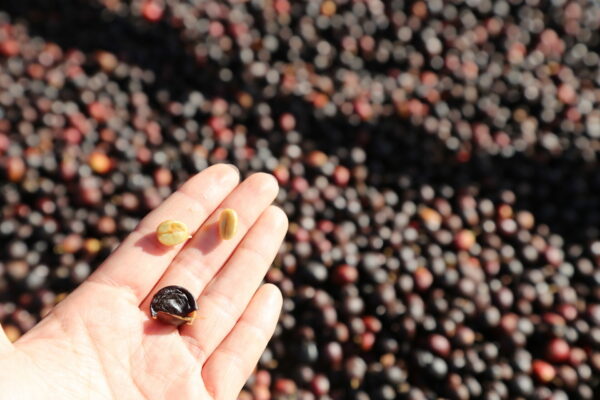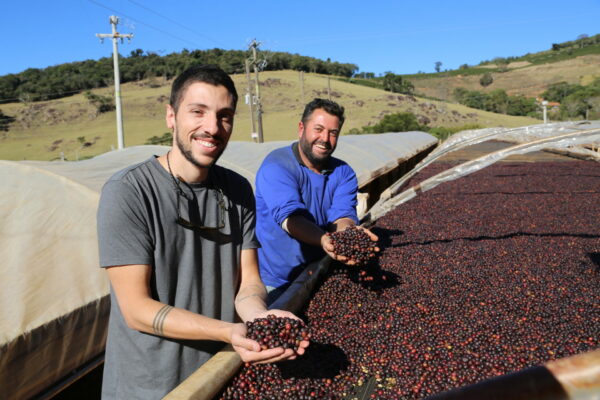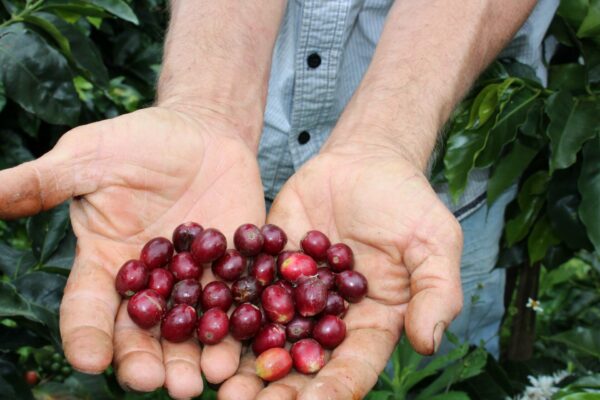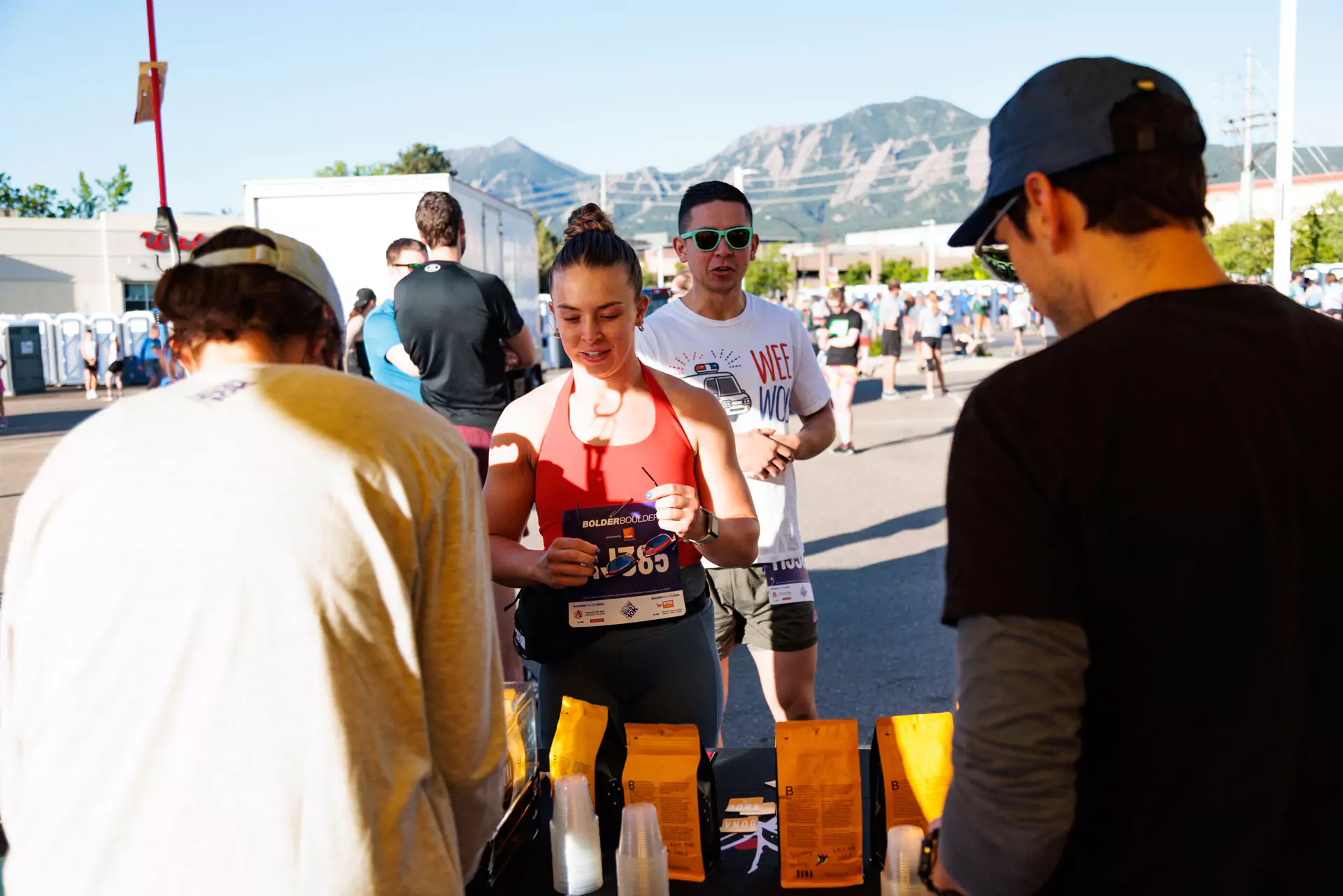COFFEE TALK: Natural Versus Washed Process
There are a number of steps that occur between the coffee fruit being harvested and the first sip of a freshly, brewed cup of coffee. The seed of the coffee fruit is what we roast, brew, and drink but first it needs to be processed. Processing coffee involves the removal of the seed from the multi-layered coffee fruit. There are two main methods that are used to process coffee, washed or natural. Processing occurs after the coffee fruit (often called coffee cherries) has been harvested from the coffee tree. The key difference between these two methods occurs during the drying process.

The natural process does not require machines or water to remove the fruit, essentially making this option better for the environment. However, the drying process usually takes between 3-6 weeks and relies heavily on weather conditions. The natural process requires certain levels of humidity and temperature to ensure proper drying of the seed. A majority of coffee grown in Brazil utilizes the natural process due to the ideal climate and sunshine.

With washed coffees, the growing region and environmental conditions directly contribute to the flavor of the seed (as opposed to receiving more flavor from the fruit). This process directly highlights the unique tasting notes of the country of origin. The washed El Cimarron is a coffee that Bona directly sources from Guatemala and it contains hints of chocolate and blackberry.
Most coffee roasters will indicate on the whole bean package or on their website page which method of processing was used. You can also ask your barista! Whether the process is washed or natural, each of the beans that Bona sources are full of unique tasting notes that reflect both the country of origin and the method of production.








